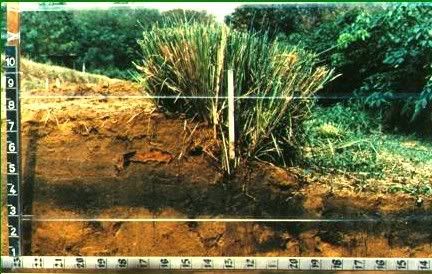













Sometimes the answer is nothing











Moderator, Treatment Free Beekeepers group on Facebook.
https://www.facebook.com/groups/treatmentfreebeekeepers/













Moderator, Treatment Free Beekeepers group on Facebook.
https://www.facebook.com/groups/treatmentfreebeekeepers/









"The highest function of ecology is the understanding of consequences."
"Cultivate gratitude; hand out seed packets"
















"The rule of no realm is mine. But all worthy things that are in peril as the world now stands, these are my care. And for my part, I shall not wholly fail in my task if anything that passes through this night can still grow fairer or bear fruit and flower again in days to come. For I too am a steward. Did you not know?" Gandolf












Angela Aragon wrote:Interesting. I did not consider using a culvert. I just had a level sill spillway, which, by the way, also eroded. I am sure that there are culverts here. Whether or not I can get one is another thing.
The pond and keyway were dug by hand; compaction achieved with tamping tools and sledgehammers. Heavy equipment is difficult for regular individuals to access here. It typically involves a lot of red tape, long waiting periods (up to a year or more), and political patronage. Both of us on the farm are autistic (Asperger's Syndrome) and lack the social skills to negotiate through the maze of innuendo, non-verbal cues, and passive-aggressive communication. Thus, we had to look for alternative solutions.

|
Let your freak flag fly. Mine is this tiny ad on my clothes line.
The new kickstarter is now live!
https://www.kickstarter.com/projects/paulwheaton/garden-cards
|




